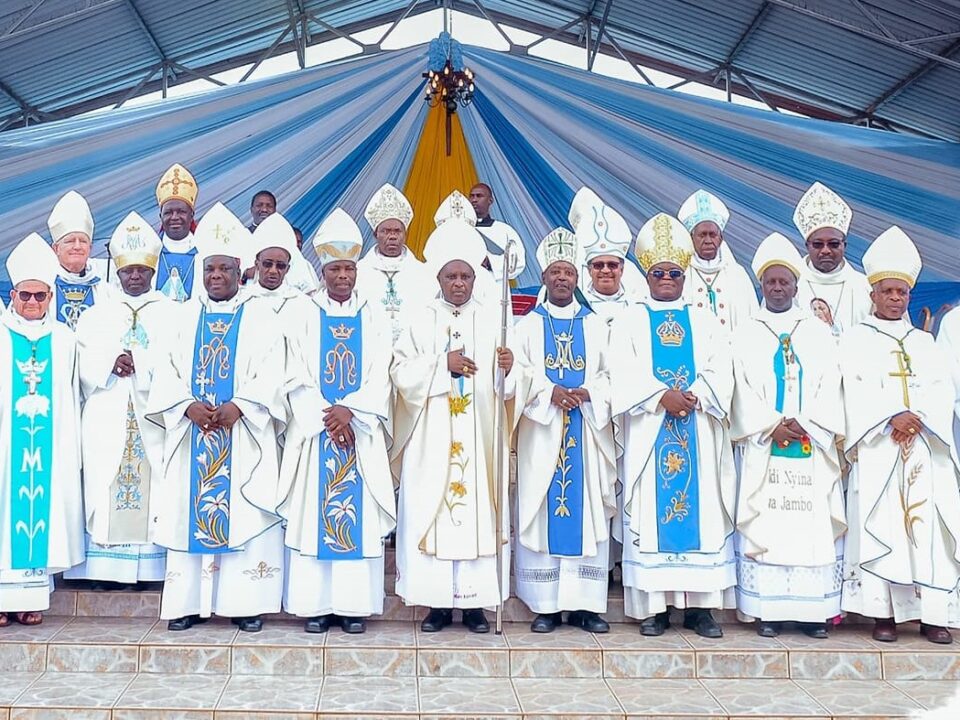- Contact us on - Contactez-nous sur - Contacte-nos em
- +233-30-277-8867/8
- +233-30-277-2548
- secam@secam.org
OFFICIAL LAUNCH OF THE NEW INTERACTIVE FEATURES OF THE SECAM WEBSITE
This plenary session marks the official launch of the new interactive features of the SECAM
website: SECAM.org or SCEAM.org.
Today marks the culmination of six months of intensive work on the improved networking functionality of the SECAM.org website. The communications office of SECAM, and the newly launched CEPACS, tasked our Catholic multimedia production house, based in Cape Town, to produce a website that could serve the organization and its mission. Studying the organization – its mandate and its current realities – it became clear what digital networking tools were best suited to achieve the end goal.
If there is an organization well positioned to promote and aggregate the work and voice of the Church in Africa then SECAM is perfectly positioned for this challenging task. SECAM.org should be seen as a digital application of the SECAM mission statement. The final product has been achieved by customizing some of the most trusted and popular open-source technologies available today, to suit the structural needs of SECAM.
We are now living in the golden age of communication and the modern modes of digital communication allow for methods of consolidation and integration that were not possible in previous ages. These methods invite us to exploit them for their worth. The Church challenges us to use every good means possible to achieve her mission.
To describe SECAM.org as a website does not quite do it justice. SECAM.org offers a feature-set of integrated and customized tools that work together to help connect the Church on the African continent in new ways.
The interactive directory, currently using the Google API, interacts seamlessly with the social stream, and the networking functionality of SECAM.org. The network also provides both a social network and a private intranet to members. Members can effortlessly build their own public or private networks, with an unlimited number of hierarchically structured sub groups, to serve their organizational needs within the Church in Africa.
SECAM.org is therefore a secure platform that primarily makes possible a simple and effective method of consolidated communication between the Regional and National episcopal offices and secondarily between other structures or organizations in the Church in Africa.
The initial challenge is to get the regional and national offices to use the network on a daily basis. It’s in using the system that the benefits will become apparent. The prospect of a rich and purposeful, multilingual and multicultural exchange aimed at consolidating the work of the Church in Africa has been the driving force and motivation. The value that this product of CEPACS offers the Church in Africa is huge and the prospects for a new and dynamic collaboration are immense.
Norman Servais – webmaster




